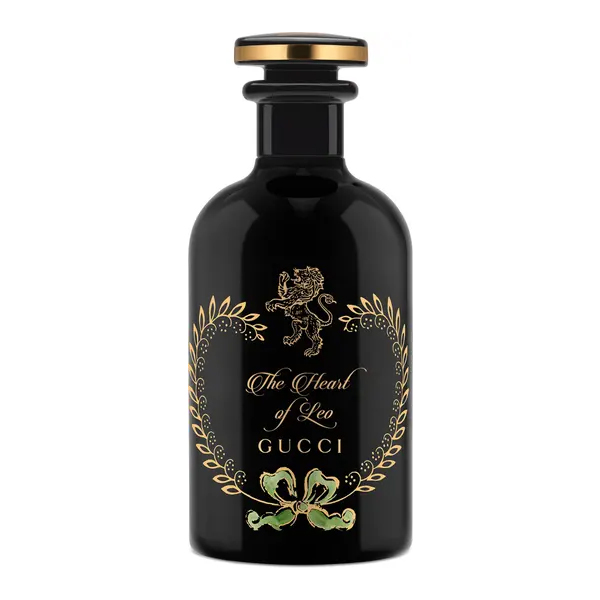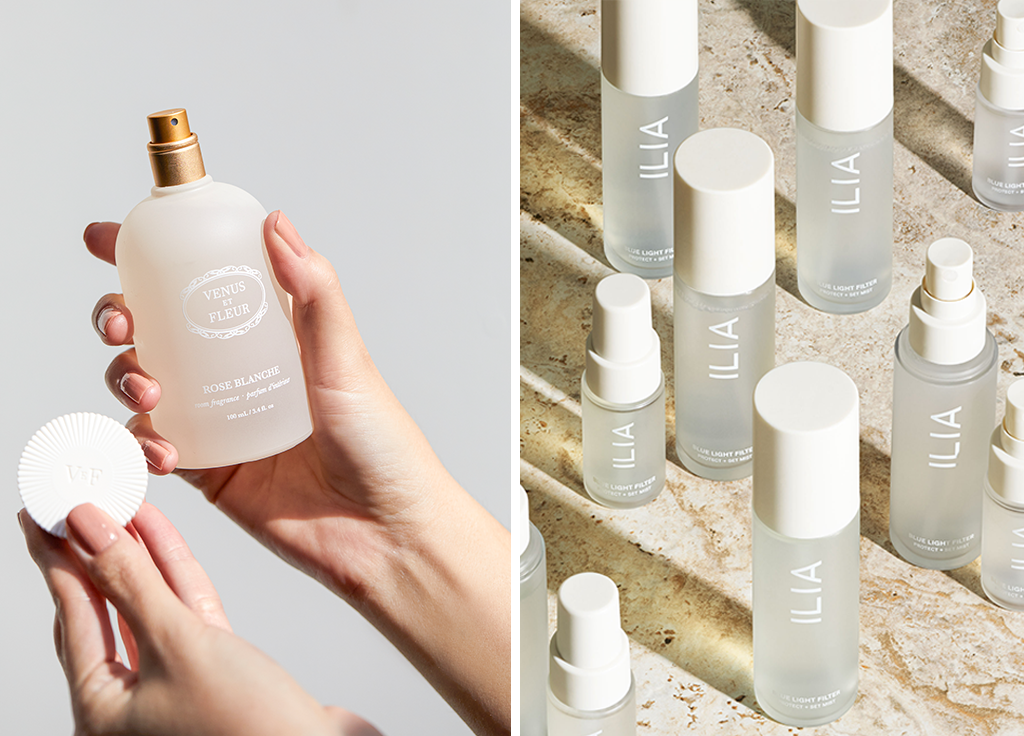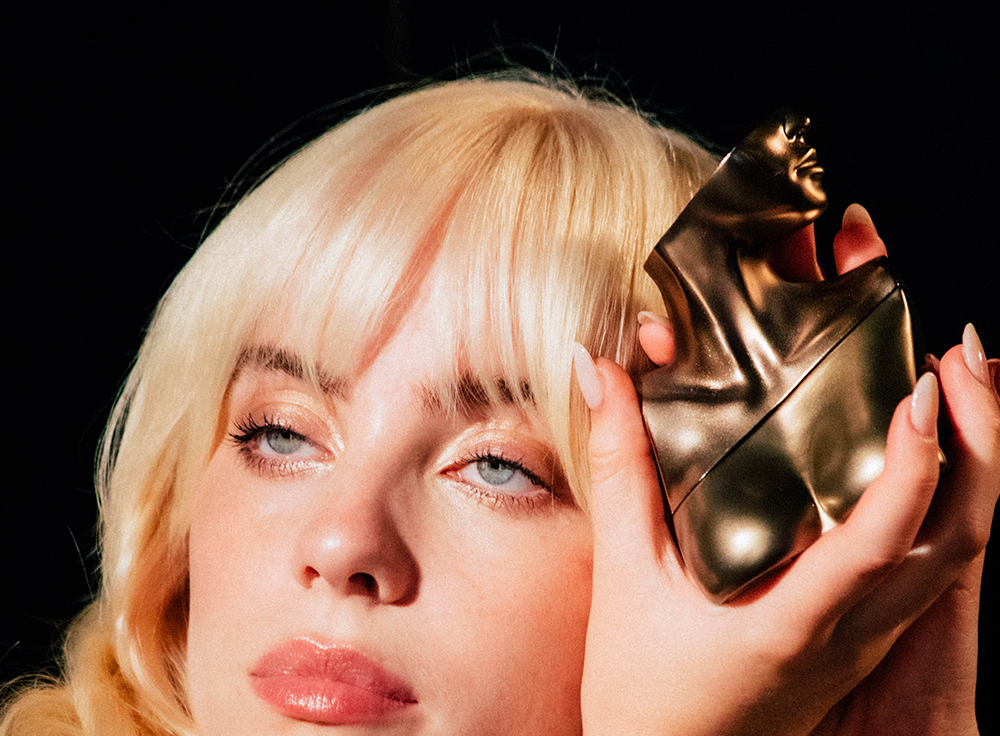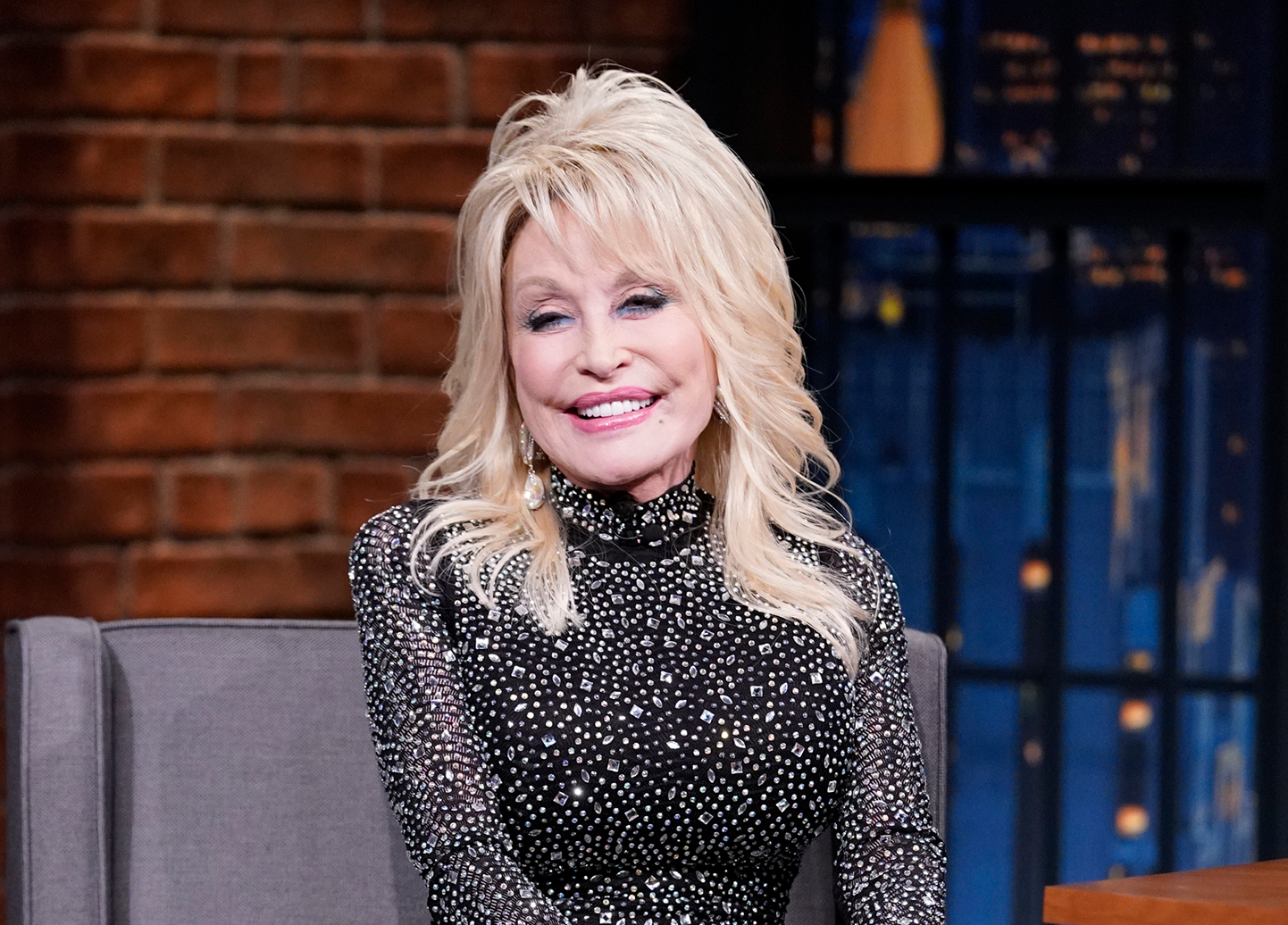We’re amid a fragrance reawakening. Searches for vanilla perfume were up 38.2 percent in 2023 over the year prior and are predicted to keep surging. Signature scents are making a comeback. Perfumers are busier than ever dreaming up the next award-winning elixir. Here, an inside look at their creative process and key insights about noteworthy trends.
A “Nose” Knows: The Role of a Perfumer
Perfumers, also referred to as “noses,” are the olfactive brains behind the fragrances we know and love. The creative process of developing the “juice” inside the beautiful bottles lining our vanities is a laborious one. “Ninety-five percent of the perfumes on the market today are basically made by four big, international companies—mine included,” says Rodrigo Flores-Roux, vice president perfumer at Givaudan. (He’s the nose behind Clinique Happy [$82] and dozens of others.)
A brand, designer or celebrity brings their idea, or brief, to a handful of fragrance composition houses, where perfumers then interpret the brief. “Oftentimes several iterations are created before the brand selects the winning fragrance from among the competing companies,” Flores-Roux explains. “It’s a long, nerve-racking process. It can last months, or sometimes years. I always say, ‘The perfumer’s job equates to 99 percent rejection and 1 percent absolute glory.’”
The Difference Between Notes and Accords in Fragrance
To determine which notes work best together in a fragrance, Bérénice Watteau, a fine fragrance perfumer at dsm-firmenich, says perfumers have approximately 1,700 raw materials to play with. “One note is one single raw material, like orange. We use notes to create accords, which are groups of ingredients like orange, jasmine and vanilla,” explains Flores-Roux. “Every single perfume is a succession of accords: top notes, heart notes and base notes. When you spray it, you smell everything together, but the first thing to evaporate is the top notes.”
The Difference Between EDP and EDT
Fragrances also vary in intensity. “Parfum or perfume (EDP) is the most intense, and cologne is next,” says Linda Levy, president of The Fragrance Foundation. “An eau de toilette (EDT) is the lightest form.” In terms of olfactive differences, Watteau explains that an EDT will be fresher and more citrusy. “An EDP will be creamier, a bit darker and more enveloping. It will have more dimension.” And if you see a fragrance labeled “absolu” or “absolute,” that is an EDP with even more intensity. “This year, Spate data shows that consumers will prioritize benefits like intensity and long-lasting when it comes to their fragrance,” says Yarden Horwitz, cofounder of Spate.
Three Fragrance Trends to Keep Your Eye on This Year
Vanilla Tops the Charts
“There is something really big happening with vanilla right now,” says Watteau. Flores-Roux agrees, noting that there are many different types of vanilla as well. “When you think about a vanilla bean, it doesn’t really smell like sweet, fluffy, yellow Häagen-Dazs,” he explains. “They smell very leathery, very smoky and very oily. That’s why we have musky vanillas, solar vanillas— meaning they have a sunny, beachy vibe—and also burnt, smoky vanillas.” The ingredient is also a very expensive commodity right now. “We’re hitting historical highs for prices per kilo of vanilla, and I think that’s another reason why everybody is looking at it.”
Genderless Isn’t Going Anywhere
Gender fluidity is becoming the norm, which is evident with each of Gucci’s new additions to its beloved Alchemist Garden collection (including its latest, The Heart of Leo EDP [$384]). “Many fragrances are evolving from traditional labels of men’s or women’s to universal appeal for all gender identities,” says Levy. “With this, the old- fashioned label of cologne is no longer resonating.” Watteau agrees. “Cologne has become primarily associated with men in the U.S., but historically, it’s genderless. In France, cologne is an olfactive category based on citrus notes with a super fresh quality.” Jo Malone London has become synonymous with unisex colognes since its U.S. debut in 1999.


Sweet Scents Are a Crowd Favorite
“Gourmand is a sweet, warm, comforting type of fragrance that is very popular,” says Watteau. Think praline or sugary, candy-like notes. “The category originated in 1992 with Thierry Mugler’s Angel ($150), and is here to stay,” adds Flores-Roux. In Spate’s 2023 Fragrance Trends Report, the company highlighted the growing fascination with gourmand and food-inspired fragrances. “Vanilla emerged as the top choice among consumers, closely followed by the notes of nutty pistachio, and boozy bourbons and champagnes,” says Horwitz.
What Is a Flanker?
Ever wonder why some brands make “sister” fragrances to some of your favorite scents? For example, Dior’s new woody-floral Miss Dior Parfum ($140) has been reinvented by Francis Kurkdjian to celebrate the fragrance’s iconic history dating back to 1947. CHANEL’s Chance Eau Fraîche ($172), also a woody-floral, is a reimagined version of the original CHANEL Chance that launched in 2002. “These are called flankers, which describes the reiteration of a successful launch,” says Flores-Roux. Watteau adds, “Creating a flanker is a really interesting exercise for a perfumer. We get to put a new spin on a fragrance people love, and sometimes, that fragrance has become an emblem in the history of perfumery.”



















